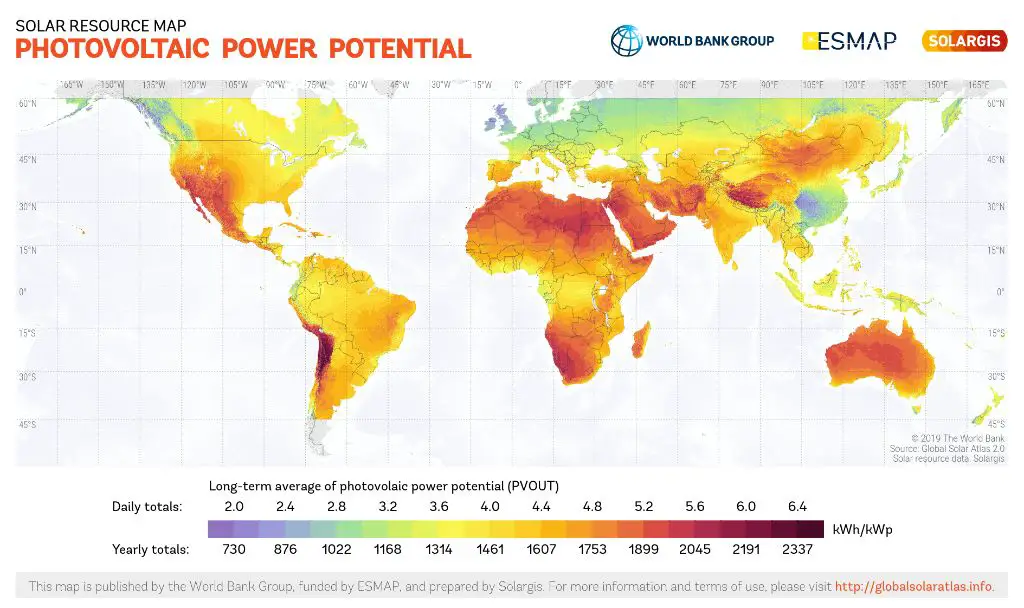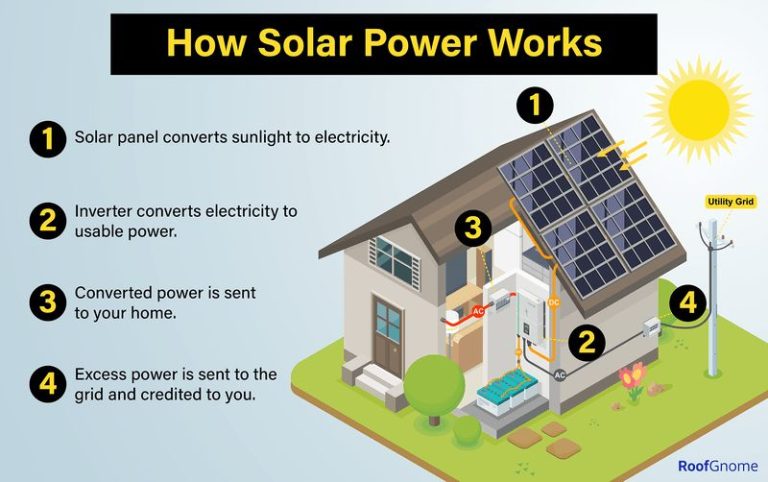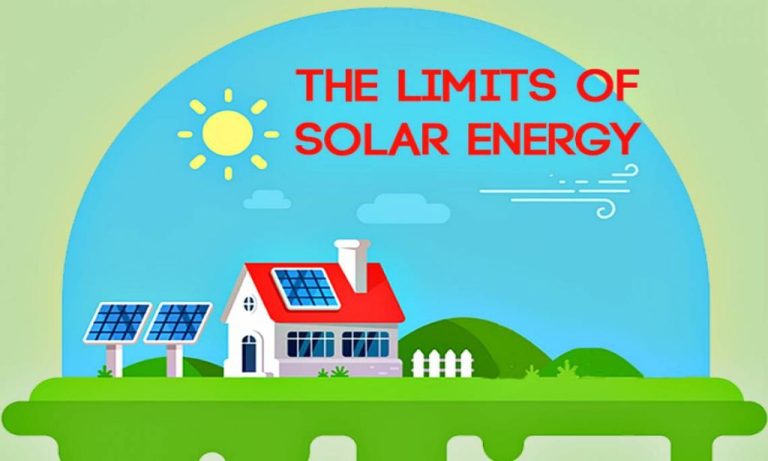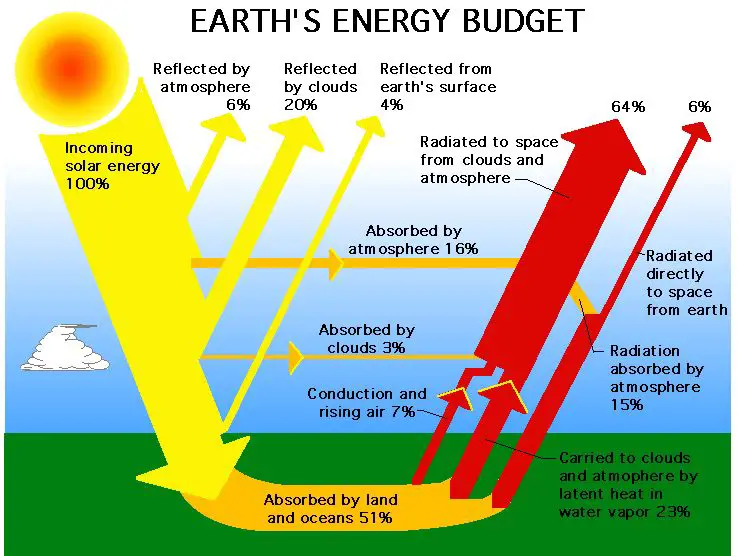Where Is The Most Successful Solar Program In The World?

Germany has become a world leader in solar energy, with the most successful solar program globally. The country gets over 7% of its electricity from solar, far surpassing other large economies. Since 2000, Germany has gone from almost no solar capacity to over 50 GW today. This remarkable growth has been fueled by strong government incentives, investments in R&D, and a commitment to renewable energy. As a result, Germany has created over 300,000 jobs in the solar industry, dramatically reduced costs, and paved the way for solar to become a major energy source. This article will explore the history, data, policies, and impacts behind Germany’s solar success story.
Germany’s Solar Program History
Germany’s solar energy program has its roots in the environmentalist movements of the 1970s. Conservation was embraced by conservatives and the center-right political party CDU under Chancellor Helmut Kohl in the 1980s. This led to early initiatives like the 1000 Roofs Program which offered incentives for installing solar panels in the 1980s and 1990s.
The renewable energy movement gained momentum in the late 1990s and early 2000s, culminating in the Renewable Energy Sources Act of 2000 which provided subsidies and incentives for solar energy generation. This kickstarted Germany’s solar boom and led to rapid growth in installed capacity over the next two decades. Key policies included feed-in tariffs which guaranteed solar producers could sell energy back to the grid at above-market rates.
The Energiewende (energy transition) policies beginning in 2010 continued efforts to phase out nuclear and fossil fuels and replace them with renewables like solar. Targets were set for renewables to provide 35% of electricity by 2020 and 80% by 2050.
Overall, the growth of solar in Germany has been driven by consistent government policies over several decades providing subsidies, incentives and targets for renewable energy adoption.
Solar Energy Capacity in Germany
Germany has seen tremendous growth in total installed solar PV capacity over the past two decades. According to Clean Energy Wire, the total installed capacity at the end of 2022 was 66.5 GW, distributed across over 2.65 million individual installations.
In 2000, Germany had only 100 MW of installed solar capacity. But after the introduction of the Renewable Energy Sources Act in 2000 which provided subsidies and incentives, solar capacity began growing exponentially. By 2010, total installed capacity reached 17.3 GW. In just the next two years, capacity more than doubled to 34 GW by 2012. In 2016, capacity reached 41 GW and crossed 50 GW in 2018. The years since have continued to see steady growth of 5-10 GW annually.
Today, Germany has over 66 GW of installed solar PV capacity, making it a global leader. This capacity produces over 10% of Germany’s total electricity demand. While Germany still lags behind its official 2030 target of 98 GW, the strong growth over the last 20 years demonstrates Germany’s commitment to solar energy.
Percentage of Electricity from Solar
Germany has seen a rapid growth in the share of solar power in its electricity mix over the past two decades. According to Wikipedia, solar power accounted for just 0.1% of Germany’s electricity in 2000. By 2010, that figure had grown to 1.9%, and by 2022, solar met approximately 10.7% of Germany’s total electricity demand.[1]
The growth has continued in recent years as well. According to data from Clean Energy Wire, the renewable energy share of Germany’s public electricity supply reached a record high of 69.2% in July 2022, with solar alone contributing 23.3%.[2] This demonstrates the rapid expansion of solar power in meeting Germany’s electricity needs over the past two decades.
Solar Job Creation
Solar energy has been a major driver of job creation in Germany’s renewable energy sector. According to Statista, approximately 350,000 people were employed in the renewable energy sector in Germany in 2021, with solar PV being the second largest employer after wind energy [1]. Clean Energy Wire reports that Germany needs to recruit an additional 100,000 workers to meet the country’s solar expansion targets, according to the German Solar Industry Association [2]. Germany is heading towards record employment in the renewables industry, boosted by demand for solar heating and electricity generation, with over 500,000 jobs expected by 2025 according to Euractiv [3].
Cost Decline of Solar
The cost of solar photovoltaics (PV) in Germany has declined dramatically over the past decade. According to a video report by Vox, the average price of a solar panel fell 89% between 2009 and 2019. In 2009, a typical rooftop solar system cost around €5,000 per kW. By 2019, costs had dropped to just €500 per kW. Much of this decline was driven by economies of scale in global solar manufacturing, especially in China. However, some experts argue that a significant portion of the cost reduction was enabled by Chinese government subsidies and support for its domestic solar industry, as noted in this analysis. Regardless, the lower costs have made solar power much more affordable and attractive for German homes and businesses.
Solar Subsidies and Incentives
Germany has implemented various financial incentives to encourage solar adoption including feed-in tariffs, loans, and tax credits. The feed-in tariff program, started in 2000, offered long-term contracts to solar producers where utilities were obligated to purchase electricity generated from solar at above-market rates. This kickstarted the solar industry in Germany, leading to rapid growth in installations. However, feed-in tariffs have declined as costs have fallen, and Germany plans to end the program by 2025 (1).
Currently, the German government offers low-interest loans to residents for solar installations through the KfW development bank. These 10-year loans cover up to 100% of solar system costs. Businesses can also access low-interest KfW loans for commercial solar projects (2).
For homeowners, Germany provides an income tax credit equal to 20% of installation costs over a 5-year period. This covers labor and hardware costs. Businesses receive more generous tax credits up to 40% of expenditures (3).
While Germany is reducing feed-in tariff rates, the government aims to continue supporting solar growth through loans, tax credits, and other incentives. This will aid the transition away from feed-in tariffs while still encouraging solar adoption.
Solar Grid Integration
Germany has been a leader in integrating solar power into the electrical grid. As of 2022, Germany had over 60 GW of installed solar capacity, generating nearly 10% of the country’s electricity demand (source). To enable this high level of solar penetration, Germany has invested heavily in modernizing and digitizing its distribution grid over the past two decades.
Local distribution system operators play a key role in connecting and managing solar installations in Germany. There are over 800 local grid companies that handle the integration of solar power into their section of the grid (source). Grid operators are responsible for processing applications, inspecting systems, issuing approvals, and maintaining stable grid operations as more solar comes online. Germany has streamlined the interconnection process to enable faster approvals for rooftop solar.
Germany’s experience with solar grid integration offers lessons for other countries pursuing an energy transition. Investments in digitalization, demand response technology, and grid monitoring have helped accommodate variable solar generation. Continued innovation and flexible grid management will be needed as solar penetration increases further (source).
Solar Innovation Leadership
Germany has been a leader in solar energy innovation and research and development (R&D). The country has invested heavily in R&D programs to advance solar technology.
According to https://energy5.com/how-germany-became-a-global-leader-in-solar-energy-adoption, Germany introduced the 100,000 Roofs Program in 1990 which helped drive rapid improvements in solar panel efficiency and cost reductions. The program provided subsidies for installing solar panels, stimulating demand and growth of the country’s solar industry.
Germany is home to leading solar research institutes such as the Fraunhofer Institute for Solar Energy Systems. Fraunhofer is at the forefront of developing more efficient solar cell technologies like heterojunction and perovskite cells as well as improved manufacturing processes.
The country has also supported startups and new solar companies through programs like the Central Innovation Program for SMEs. This has helped germinate an innovative solar ecosystem.
According to https://www.cleanenergywire.org/factsheets/solar-power-germany-output-business-perspectives, Germany produced about 3 gigawatts of photovoltaic products in 2019, making it the fourth largest producer globally behind China, Vietnam and Malaysia. The country’s strong innovation base has made it a net exporter of solar products.
Comparison to Other Countries
Germany leads the world in total installed solar power capacity, with over 60 GW as of 2021 according to Wikipedia. This is nearly double that of number two China, which had around 35 GW of solar capacity in 2020. Germany generated over 10% of its electricity from solar in 2021, the highest solar share of any major economy. The next closest country is Italy at around 8% solar electricity in 2020 according to Clean Energy Wire. In terms of solar jobs, Germany had around 140,000 solar workers in 2021, again the most in the world according to the country’s solar association. For comparison, the entire U.S. solar workforce was around 250,000 in 2021. When looking at solar panel prices, German households paid around $1.85 per watt for installations in 2011, slightly more than the $1.80 per watt price in the U.S. that year according to MIT Technology Review. However, prices have come down significantly in both countries over the past decade.







